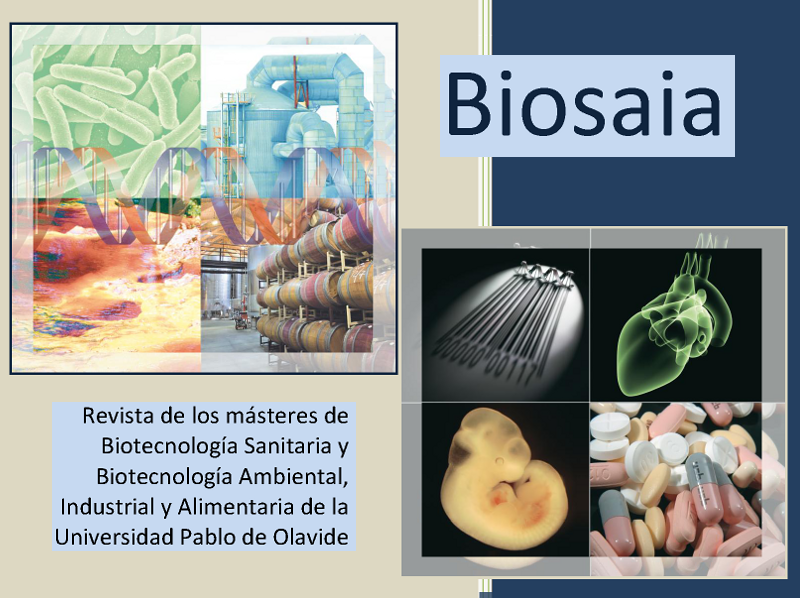Role of polyphenol oxidase in olive metabolism
Palabras clave:
phenols; Virgin olive oil; polyphenol oxidaseResumen
Virgin olive oil (VOO) is the most important fat in the Mediterranean diet, which has many nutritional benefits and excellent organoleptic properties. These characteristics are mainly linked to the phenolic compounds present in VOO. The content of phenolic compounds in VOO is related to the initial content of phenolic glycosides in the olive fruit, which are later transformed by hydrolytic and oxidative enzymes to form the main phenolic components of VOO [1].
The main enzyme involved in the oxidative degradation of phenolic compounds during the oil extraction process is the polyphenol oxidase (PPO). This enzyme may catalyse two different reactions, hydroxylation of monophenols to form orthodiphenols (monophenolase activity), or oxidation of these orthodiphenols to quinones (diphenolase activity). Thus, PPO could display an important role both in the degradation and biosynthesis pathways, which means that these pathways could be connected [1]. In consequence, the functional characterization of olive PPOs is needed to understand the metabolism of phenolic compounds.
Two polyphenol oxidase genes (OePPO1 and OePPO2) have been identified from a transcriptome obtained from diverse olive varieties, with different phenolic contents, and submited to various biotic and abiotic stresses [3]. Both genes were synthesized, cloned and expressed in E. coli (BL21). Extraction and purification protocols of the recombinant proteins have been optimized using affinity chromatography [2]. Similarly, specific activity assays and HPLC analysis methods have been designed for the biochemical characterization of the recombinant proteins.
The functional identity of both proteins has been verified, since both of them have shown to be active against orthodiphenols (hydroxytyrosol and oleuropein), and their catalytic characterization is being completed using natural phenolic substrates from olive fruit (oleuropein and verbascoside) and VOO (hydroxytyrosol, tyrosol and acetate of hydroxytyrosol).
Later, expression studies by qRT-PCR will be carried out and, finally, the expression, functional genomics and metabolomics data will be analyzed together to determine the specific role of these enzymes in the metabolism of phenolic compounds in olive trees.





